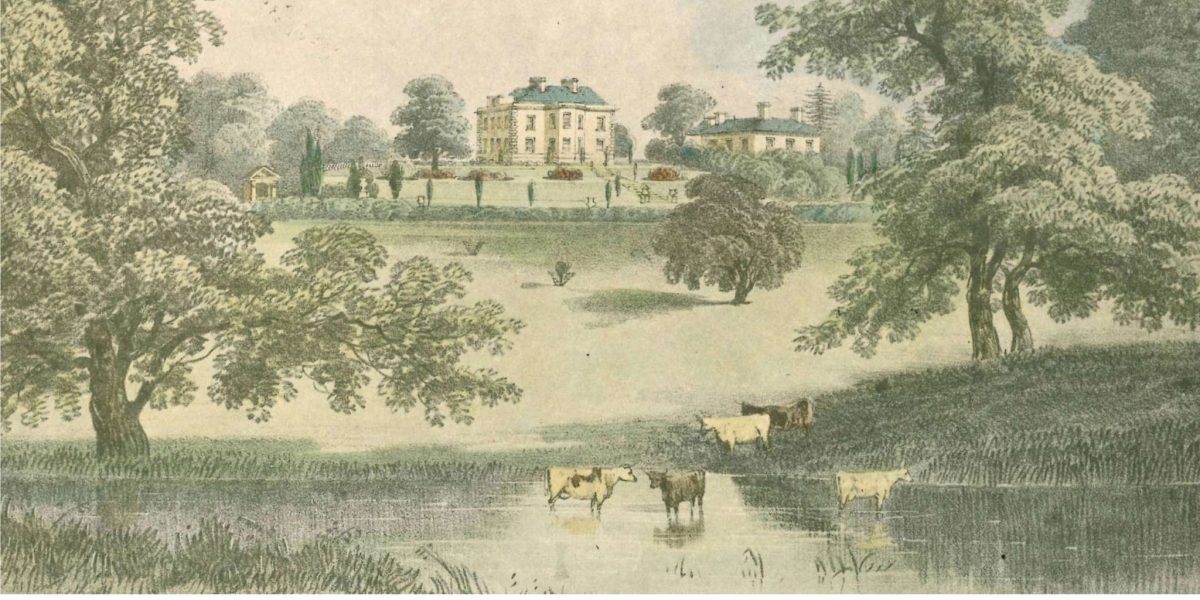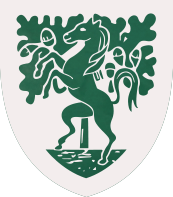Houses were introduced to Stover for the first time in the academic year 1932 by the then Headmistress, Mrs Key. She did this partly to introduce more effective pastoral care and partly to produce a more competitive spirit amongst the girls (Stover was a girls’ school then). At this time there were three Houses, with names with which we are still familiar today: Queen Mary, Queen Victoria and Queen Elizabeth.
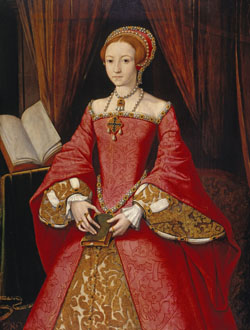
Inter-House competitions were fiercely fought from the very beginning with House Swimming, House Music, House Netball, House Games, House Tennis, House Lacrosse and House Drama. During the Summer Term of 1946, a flower competition was held between the Houses. Victoria House won the prize and Elizabeth House was the runner-up.
In the Summer Term of 1955, two Junior Houses were formed with only Upper IV upwards in the original Houses. The two new Junior Houses were called after Prince Charles and Princess Anne. The first Junior House Cup was presented to Prince Charles House in the same year.
The first inter-House Quiz was arranged in the Spring Term of 1956 with Princess Anne House managing to gain the victory by four points.
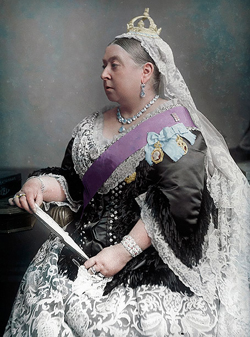
In the Summer Term of 1961, the Preparatory School said farewell to the Prince Charles and Princess Anne Houses, as, for an experimental period
The Autumn Term of 1992 saw the introduction of charity representatives. No further changes occurred in the House system until 1996 when, as a result of rising numbers, a new Preparatory School was opened as a single-sex Junior School for girls aged 5 – 10. The girls were allocated across the Houses.
Once again, as a result of rising numbers, September 2002 saw a major reorganisation of the House system. The school became co-educational and, as a result, three new boys Houses were added: Templer, Courtenay and Seymour.
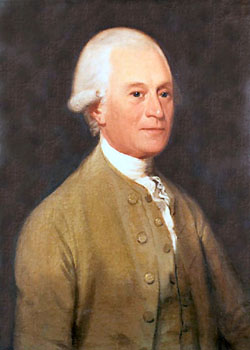
Templer House was named after the family who originally built Stover House. James, who was an orphan, attended the Exeter Blue School. He became a shipwright before obtaining employment as a builder. James put his knowledge of building to such good use that by the time he was 25, James Templer was an attorney to the firm Templer and Parlby and engaged with Government works. In 1765, James bought Stover’s large estate which belonged at the time to a branch of the Courtenay family.
Courtenay House was named after the wealthy Courtenay family. Before the present house was built by James Templer in 1776, a smaller building appears to have been situated below the existing one. This was called Stofford Lodge, but no traces of it remain. James bought the Manor of Teigngrace together with Stofford Lodge from the co-heiress of Charles Kelland Courtenay (d.1761). The Courtenay family descended from Hugh de Courtenay who, having been summoned to Parliament as Lord Courtenay between 1299 and 1334, was in 1335 declared by letters patent to be Earl of Devon. Ten years earlier his son, also Hugh, had married Lady Margaret de Bohun, a grand-daughter of King Edward I. Her marriage portion included Powderham Castle and is still home to the Courtenay family since it was built by Sir Philip Courtenay in 1391.
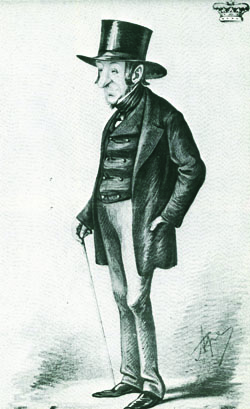
Seymour House was named after Edward Adolphus Seymour (St Maur), the eleventh Duke of Somerset. In 1829 he bought Stover House, the Stover Canal and the Haytor quarries and Granite Tramway from George Templer. At the time of the sale, Stover was advertised in the Woolmers Gazette & Plymouth Gazette (24th March 1827). The advert listed the whole Stover Estate, “comprising 3,000 acres of enclosed land and over 6,000 acres of unenclosed commons.” Not all of it was sold. Subsequently, later partial sales quoted different acreage.
Edward was a gifted mathematician and served as President of the Linnean Society of London from 1834 to 1837 and as President of the Royal Institution from 1826 to 1842. He was also a Fellow of the Royal Society. In 1837 he was made a Knight of the Garter.
Finally, in September 2005, after the integration of boys throughout the school, Queen Mary and Templer House joined forces to form Mary Templer; Queen Victoria merged with Courtenay House to create Victoria Courtenay and Queen Elizabeth fused with Seymour House and became Elizabeth Seymour, to give us the arrangement we have today – six Houses each with a mixture of boarders and day-pupils.
